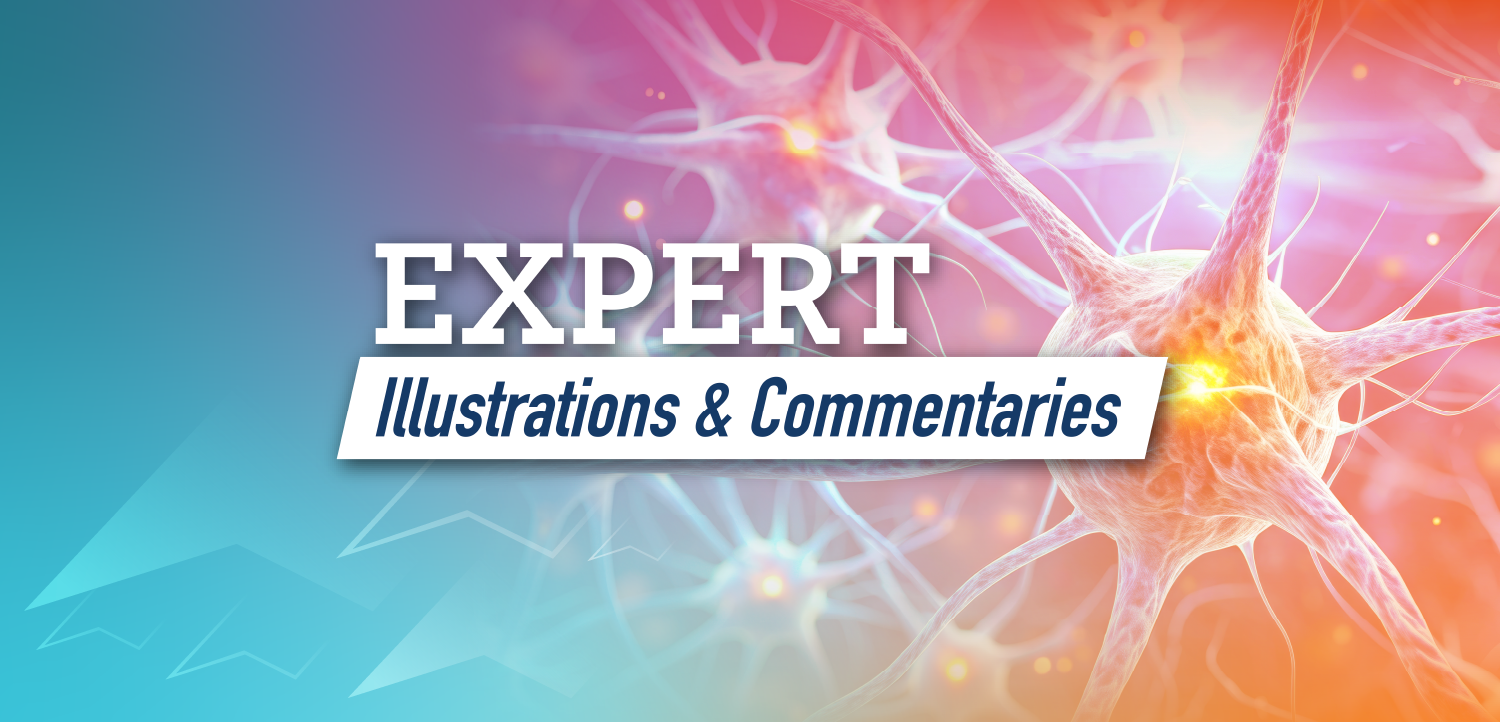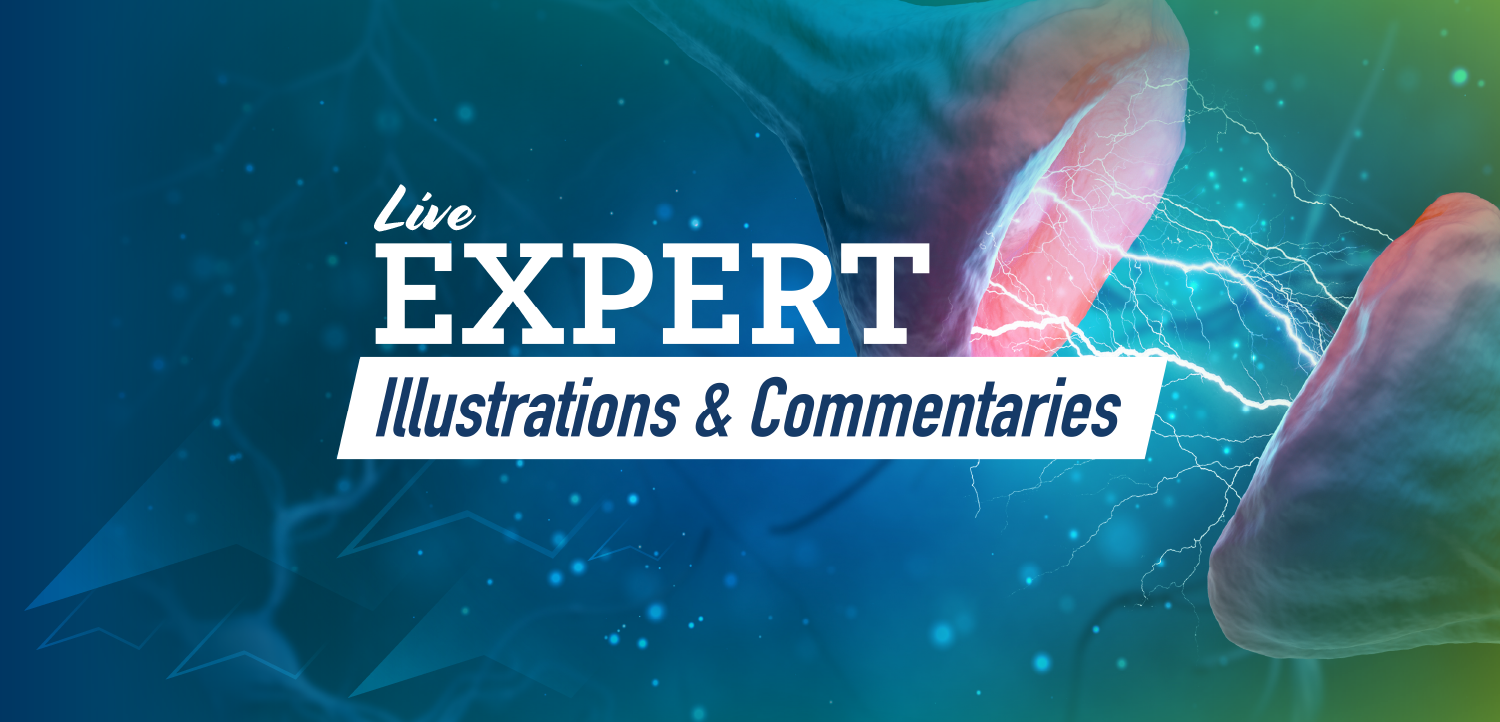I Am Obese, Therefore I Am Not: Obesity as Embodied Disorder
Key Takeaways
- Obesity is framed as a disruption in bodily awareness, not just a weight issue, affecting self-experience and identity formation.
- Internalized shame and self-judgment are common, with obese individuals often viewing their bodies as fundamentally flawed.
Obesity is more than a weight issue--it can be reclassified as an embodied disorder. This reflection explores how shame, bodily self-awareness, and early developmental disruptions shape the lived experience of being overweight
I have seen “Ms Suzan” many times before, but the last session left a deeper mark. She is the overweight twin sister of a woman often described as “stunning.” Such a description of her sister does not diminish her own distinct beauty and striking features, but I focused on her sister simply because I found that even though they were born as twins, their lives and their mother’s attention taught them early that beauty is not always shared equally. Ms Suzan’s sister is well-known in Baghdad City for her looks and the constant attention she receives from men. Suzan, on the other hand, learned to walk slightly behind. While her sister basked in attention, she seemed to absorb the contrast; until it became part of how she saw herself. The spotlight never quite reached her, and eventually, she stopped seeking it.
She was not very enthusiastic about her sessions, and inconsistent with my plans. She would discontinue sessions for several months and only return during periods of psychological distress.
At this particular session, she looked strikingly different. Not just heavier—fuller, yes, but that was not it. Something in her presence had dimmed; her makeup was exaggerated, her clothes were oversized and ill-fitting, and her eyes seemed hidden behind her cheeks. She looked older than me, though I knew she was at least 10 years younger.
She spoke in a faint, despairing voice, sadness tinged with a trace of anger. We were discussing the reasons for her recent relapse, and she mentioned, among other things, her mother: a woman who, as she put it, “never saw me except in comparison.” According to Suzan, her mother had spent a lifetime critiquing her weight, her intelligence, her friends, and even her decisions. No matter what she did—dieted, exercised, or stayed silent¾she could never match the myth of her sister, and always felt that something needed to be added or removed, as if she were never quite right. Suzan’s mother was never pleased with her—not once.
What pushed me to start with Ms Suzan (and the reason I wrote this piece) was because of a sentence from her that session, something I still recall word for word. As the session neared its end, she wanted, deep down, to convince me that her relapse was forgivable, not as failure, but as human inevitability. She had a confession, but also a thesis.
She said, about those who are overweight, almost absently:
“We are different from other people.”
I asked her, gently, “What do you mean?”
She paused. Without irony or self-pity, she said:
“Our problem is that the more space we take up, the more ashamed we feel of ourselves. So, we try to make others feel we’re less.”
That sentence has not left me since. It was, perhaps, the most elegant expression of embodied shame I have ever heard.
Despite this work’s title “I am obese; therefore I am not,” which is a deliberately inverted echo of Descartes’ statement, “I think; therefore I am,” it does not offer a new take on obesity itself; instead it focuses on how being overweight can shape self-experience, particularly in early stages of development, where bodily awareness, parental gaze, and social comparison begin to mold identity.
Embodiment and Shame
Individuals living with obesity often perceive their body as repulsive or unpleasant to look at, so much so that they come to see this supposed flaw of excess weight as a deficiency, not merely in terms of aesthetics, but as something fundamentally wrong. Excess weight becomes internalized not just as a health concern, but as a personal flaw—something that reflects weakness, failure, or even moral deficiency.1 This perception often leads to body disparagement, where the person comes to view their body with contempt, shame, or even disgust.2
This deep-seated self-judgment typically surfaces in language. Obese individuals rarely use neutral or descriptive terms such as “I’m overweight” or “I need to lose a few kilos.” Instead, their self-talk is marked by extremes: “I look hideous,” “I’m disgusting,” or “No one could possibly be attracted to me.” These statements are not merely exaggerations; they reflect an underlying fracture in the relationship with the body and a view of the self as fundamentally undeserving of comfort, dignity, or love.
Psychologist John Horan, PhD, argues that many obese individuals struggle to look at themselves naked in the mirror. In his study, participants were asked to describe how they felt during this act, to assess self-devaluation. He also measured how long each person could sustain looking at their own reflection when assured of privacy. Horan found that obese participants spent significantly less time than nonobese individuals. Notably, this discomfort persisted even after weight loss; their relationship with the mirror remained strained.3
There is compelling reason to view obesity, like anorexia nervosa, as an embodied disorder. Drawing on Maurice Merleau-Ponty’s paradigm of the embodied mind, such conditions reflect not just distorted body image, but deeper disruptions in bodily awareness, or how one senses and experiences their body from within.4-6
Bodily awareness is not the same as body image, a concept commonly used in psychiatric discussions about anorexia nervosa.7 While body image refers to a mental representation of the body, almost like a photograph, bodily awareness reflects how the body feels from within. There is a crucial difference between what one thinks about their body and what one feels while inhabiting it. At its core, the experience of obesity reflects a disturbance of embodiment, a disruption in the lived sense of self through the body.8
Individuals living with obesity entirely negate their bodily existence. They still see, feel, and express themselves, these being the fundamental conditions of existence. However, bodily self-awareness refers to the internal sense of one’s physical presence, mediated through proprioception (the sense of body position) and interoception (the perception of internal bodily states like heartbeat, fullness, or tension). In obesity, this awareness is often disturbed, contributing to a deeper disruption in the experience of being.9 Many obese individuals feel deeply misunderstood. Their lived experience—their feelings, intentions, and desires—often diverges sharply from how others define the problem. If we listen carefully to how they describe obesity, it becomes evident that the core issue is not eating, but a disruption in noncognitive bodily awareness.10
To understand where disruptions in obese bodily perception truly originate, we must examine the inward-facing sensory pathways—particularly proprioception and interoception. This approach aligns with what phenomenological psychiatry has long proposed: reclassifying eating disorders as embodied disorders. I would argue that obesity, despite its visible and quantifiable features, reflects a deeper disturbance in inner bodily awareness, one that warrants further investigation and a revised conceptual framework.11
Obesity as Developmental Disruption of the Emotional Language
Hilde Bruch, MD, was among the first psychoanalysts to study obesity in the early stages of development.12 She observed that obese children tend to respond to distress in atypical ways, a pattern she traced back to early feeding experiences. For these children, feeding became unconsciously linked to emotional relief and calm. As a result, they often developed an impaired ability to distinguish between physical hunger and emotional discomfort, or between satiety and psychological peace.13
Bruch believed that individuals living with obesity often struggle to distinguish between different internal cues, such as hunger and emotional pain. To them, food is both enemy and friend, the source of anxiety and its remedy. When emotional distress is repeatedly managed through eating, the body learns to treat food as the default response. Over time, especially in childhood, this habit can blur the line between physical needs and emotional states, making it harder to recognize and name feelings accurately.
The individuals living with obesity relates to food in a fundamentally different way. Food is both comfortable and source of threat; it serves as a source of anxiety and simultaneously as its relief. During episodes of distress, they often eat to soothe themselves, only to be met with shame and anger afterward, which may lead to further eating. This cycle typically ends with a fleeting sense of calm, followed by intense physical discomfort—nausea, heaviness, and a desire to expel what was consumed. Sleep then also becomes a coping mechanism, a way to shut down the emotional turmoil.14
Experiences of bodily comfort, harmony, and self-acceptance are essential for healthy emotional development. A person’s self-concept and body image begin to form early in childhood through sensory and physical experiences.15 But what happens when the body is socially or medically judged as ugly, unhealthy, or lacking discipline? Such labels—like being called lazy or indulgent, or lacking in willpower¾can be deeply painful and humiliating, especially for children and adolescents. The impact of this stigma on identity and personality development requires serious attention.
The old accusation that individuals living with obesity lack willpower overlooks a more crucial struggle: their inability to accurately perceive their bodily sensations. Individuals living with obesity become fluent in the language of projection, as though their actions were caused by someone else, as if they do not fully possess their own bodies. Their sensation of hunger is entangled in complex ways with psychological conflicts and emotional needs.
Ms Suzan, for instance, described her eating episodes this way: “It’s like something takes over, I’m watching myself grab food, chew, swallow, and I’m not even sure I’m hungry. It just… happens.”
When asked how she distinguishes between physical hunger and emotional need, she replied, “I don’t. I just know I feel empty, and food fills the space—for a while.”
For psychiatrists, recognizing obesity as a disturbance of embodiment rather than merely a weight or willpower problem can shift both assessment and treatment. This perspective encourages clinicians to explore patients’ lived bodily experiences, early relational patterns, and interoceptive awareness in addition to standard psychiatric evaluations. Interventions that address shame, restore bodily comfort, and strengthen emotional and bodily differentiation, whether through psychotherapy, body-oriented modalities, or integrative care, may help patients achieve sustainable psychological and physical well-being.
Dr Hameed Younis is a senior psychiatrist in the department of psychiatry at Baghdad Teaching Hospital in Iraq.
References
1. Stunkard A, Burt V.
2. Powdermaker H.
3. Horan J.
4. Cassam Q. The Embodied Self. Oxford University Press; 2011.
5. Gaete MI, Fuchs T.
6. Merleau-Ponty M. Phenomenology of Perception. Routledge; 2012.
7. Shaw KA, O’Rourke P, Del Mar C, et al.
8. Varela FJ, Thompson E, Rosch E. The Embodied Mind: Cognitive Science and Human Experience. MIT Press; 1991.
9. Kaplan HI, Kaplan HS.
10. Kuhle L. Embodiment and Subjectivity -- The Origins of Bodily Self-Awareness. University of Toronto; 2014.
11. Chaparro C, Damasio A. The Feeling of What Happens: Body and Emotion in the Making of Consciousness. Harcourt Brace & Company; 1999.
12. Bruch H. The Importance of Overweight. Norton; 1957.
13. Bruch H. Eating Disorders: Obesity, Anorexia Nervosa, and the Person Within. Basic Books; 1973.
14. Cash TF. What Do You See When You Look In the Mirror?: Helping Yourself to a Positive Body Image. Bantam Books; 1995.
15. Craig AD. How do you feel--now? The anterior insula and human awareness. Nat Rev Neurosci. 2009;10(1):59-70
Newsletter
Receive trusted psychiatric news, expert analysis, and clinical insights — subscribe today to support your practice and your patients.













